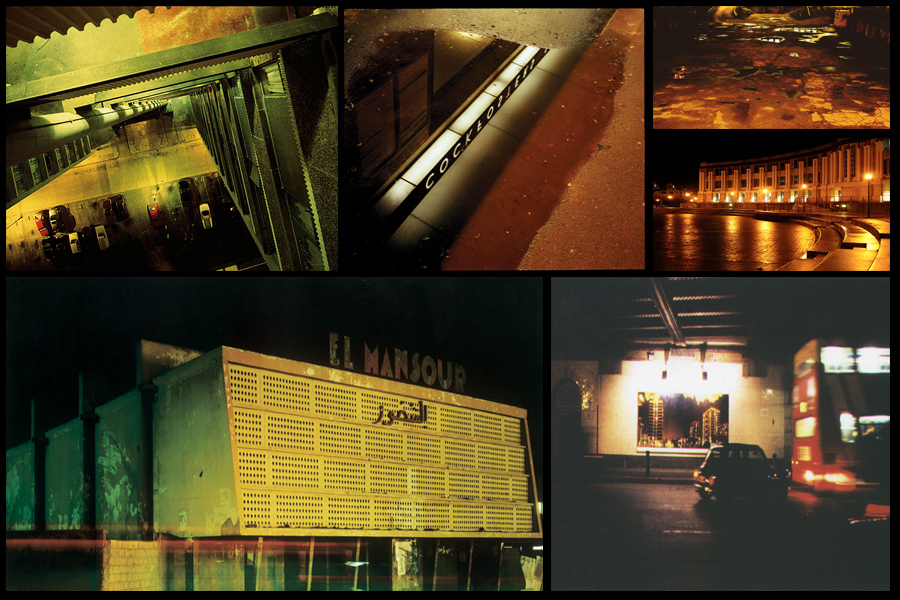There are many codes and conventions within the boundaries of documentary photography and photojournalism,they are in place in order to accurately represent the areas and the people and not culturally mimic and mis-inform an audience due to editing or framing causing mediation and unreliability to the images themselves.
1)representation; is showing the truth and reality and not portraying a misrepresentation of a scenario, this has such great importance in order to promote the reality of a situation and not a tabloid setting, This in turn looses the impact and relevance of the image,and the trust and believable aspect within the audience receiving the image from the photographer. Throughout my new stage of work I am going to be focusing upon photo journalism and surrealism.I have chosen this due to the interesting effects in which surrealism carries, how it possess underwired methods to portray my themes of secrets codes and conventions and how I am able to be much more expressive and carry many more unique character traits throughout my work.I am able to symbolize dynamic shapes and an interesting concept of human behavior in order to symbolize the combination of surrealistic and highly conceptual images to symbolize a feeling of secrecy and search for identity between people.However within photojournalism I could also capture a development of everyday people and a feeling their own story and within their family,I can focus on how a group of people work together and how their behavior effects each other and the way in which they act as a whole community,so sharing the themes I am using in my surrealism shoots also carried throughout photojournalism.

 Fototagetrier
Fototagetrier Technical: Within the image the floors of the car park spaces are used as a border to highlight the actual focus of the image, the slightly dim ground floor. This is done through the use of contrast between the sides of the building and the floor itself which uses yellow tinted lights to emphasis certain aspects of the concrete around it, with the grays and blacks in the picture they stop the yellows from overpowering the entire image creating an aesthetically pleasing photograph as a result.
Technical: Within the image the floors of the car park spaces are used as a border to highlight the actual focus of the image, the slightly dim ground floor. This is done through the use of contrast between the sides of the building and the floor itself which uses yellow tinted lights to emphasis certain aspects of the concrete around it, with the grays and blacks in the picture they stop the yellows from overpowering the entire image creating an aesthetically pleasing photograph as a result.